This website uses cookies so that we can provide you with the best user experience possible. Cookie information is stored in your browser and performs functions such as recognising you when you return to our website and helping our team to understand which sections of the website you find most interesting and useful.
Microsoft Exchange Management Shell Connect Problem Fixed

Microsoft Exchange 2013 is reaching end of support on April 11, 2023. That means Microsoft will no longer provide the following after that date:
- Technical support for problems
- Bug fixes for either stability or usability
- Security fixes for vulnerabilities
- Time zone updates
As you can imagine, not having #1-3 will get companies moving off of their Exchange 2013 environments and, as such, Sikich has an uptick in Exchange 2013 related work.
During one such engagement, connecting to Exchange Management Shell gave me grief. Here’s a screen capture:
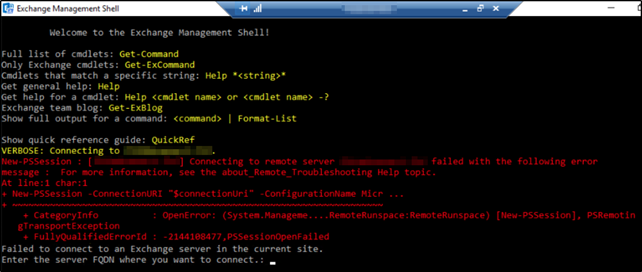
How to Fix the Exchange Management Shell Connect Problem
It appears I’m on a buggy version of Exchange. The first troubleshooting step should be to see what IIS has as the physical path of the PowerShell virtual directory.
To check, open IIS Manager and navigate to:
- Default Website
- PowerShell virtual directory
- Manage Application
- Advanced Settings…
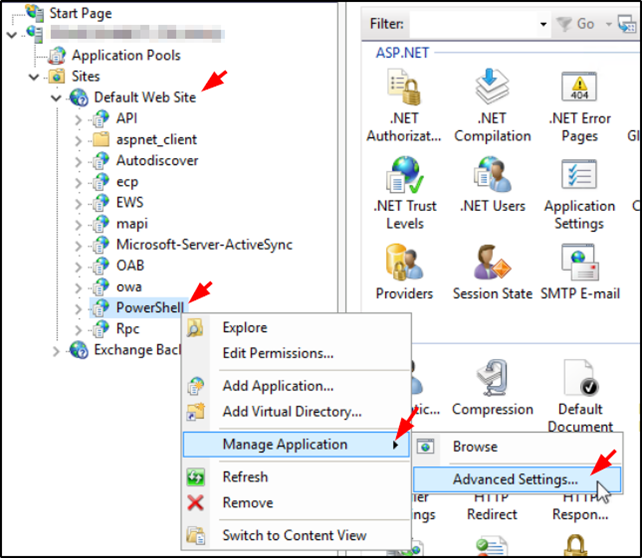
In my clients case, it was incorrectly set as: %ExchangeInstallPath%FrontEndHttpProxyPowerShell
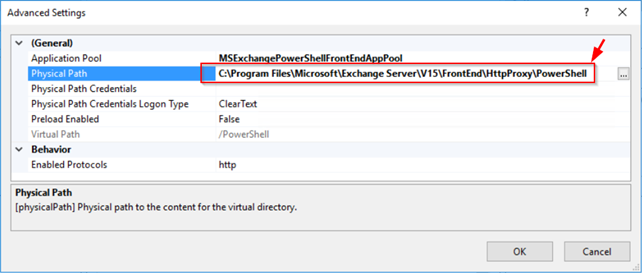
It should be %ExchangeInstallPath%ClientAccessPowerShell which would most likely be C:Program FilesMicrosoftExchange ServerV15ClientAccessPowerShell.
For a quick check to see if those are one and the same on your server is to open a File Explorer window and put this into the URL bar of it, hit <enter> and see the actual path.
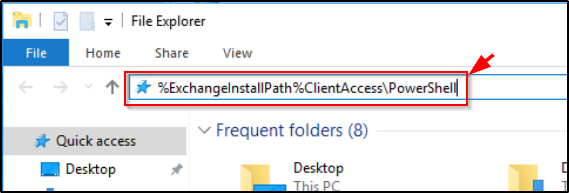
Remember, if the URL bar abbreviates your path, you can always click in the white space to the right of it to get the full path.
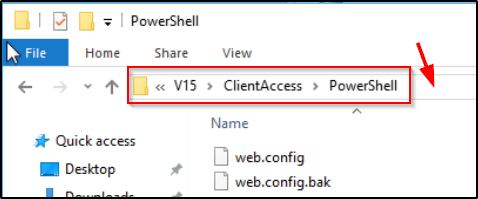
On this server, Exchange was installed in the default path on the C: drive.

Now you should know the actual path and can use that value or the system variable value. Either works.
Back in IIS, a quick update to the Physical Path and hitting OK should take care of the errors in Exchange Management Shell. No services restart or reboot needed.
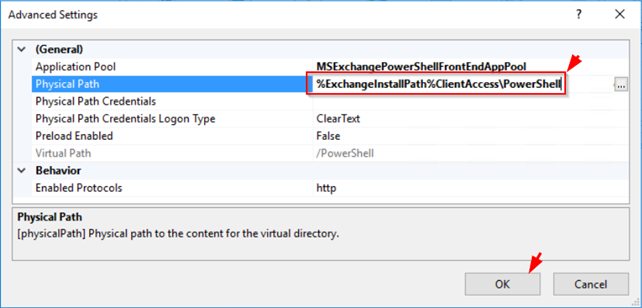
Simply close out any Exchange Management Shell windows that may already be open with the errors, open it back up again, and you should be back in business.
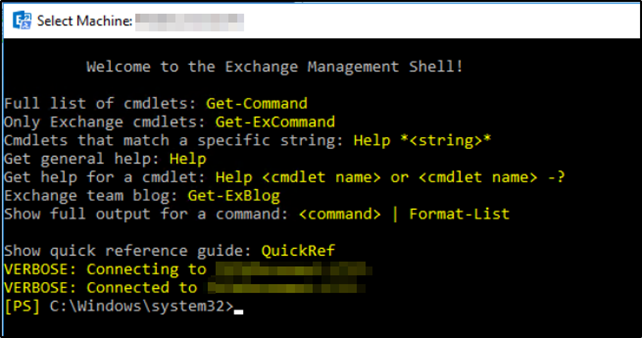
This issue is known to be on both Exchange 2013 and on Exchange 2016. In my case this Exchange Server version this server was on Exchange Server 2016 CU20.

You can see how the build numbers correlate to cumulative updates and release dates here to see what your server is on: https://learn.microsoft.com/en-us/exchange/new-features/build-numbers-and-release-dates
Have any questions about how to fix problems with Microsoft Exchange Shell Management connect? Please reach out to our team of experts at any time!
This publication contains general information only and Sikich is not, by means of this publication, rendering accounting, business, financial, investment, legal, tax, or any other professional advice or services. This publication is not a substitute for such professional advice or services, nor should you use it as a basis for any decision, action or omission that may affect you or your business. Before making any decision, taking any action or omitting an action that may affect you or your business, you should consult a qualified professional advisor. In addition, this publication may contain certain content generated by an artificial intelligence (AI) language model. You acknowledge that Sikich shall not be responsible for any loss sustained by you or any person who relies on this publication.




